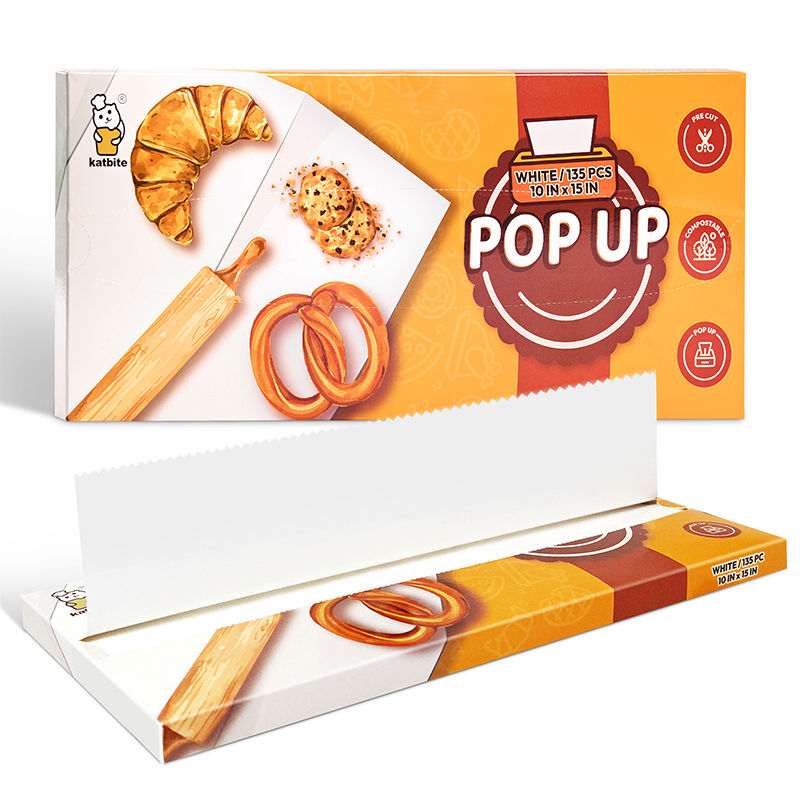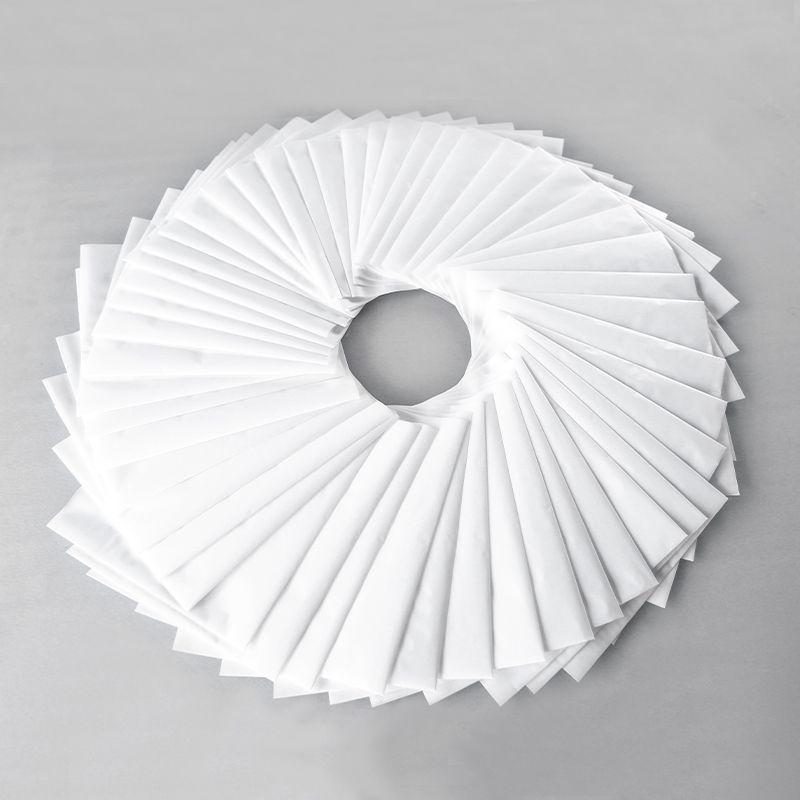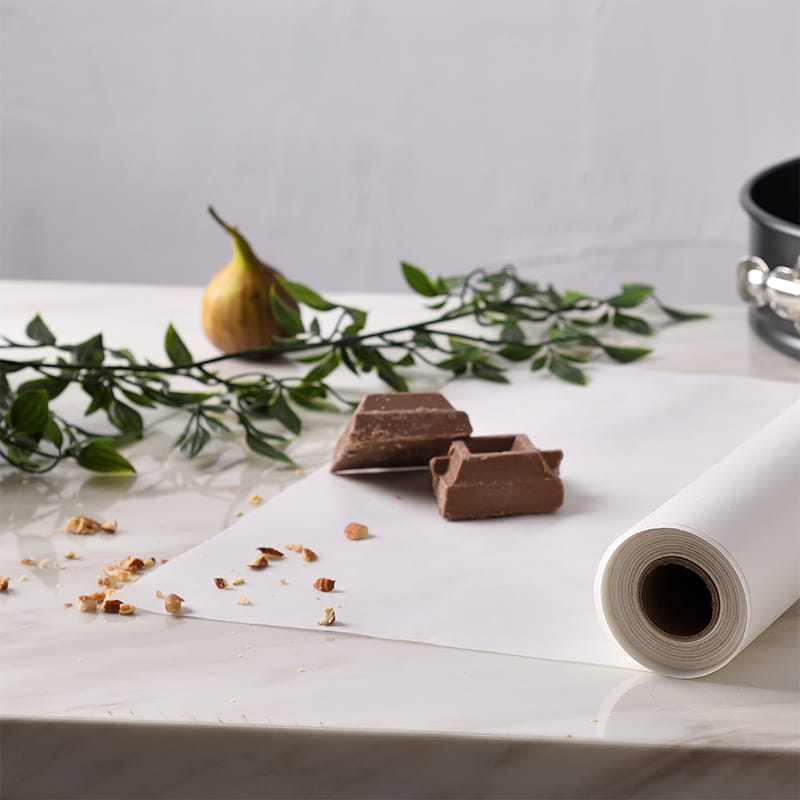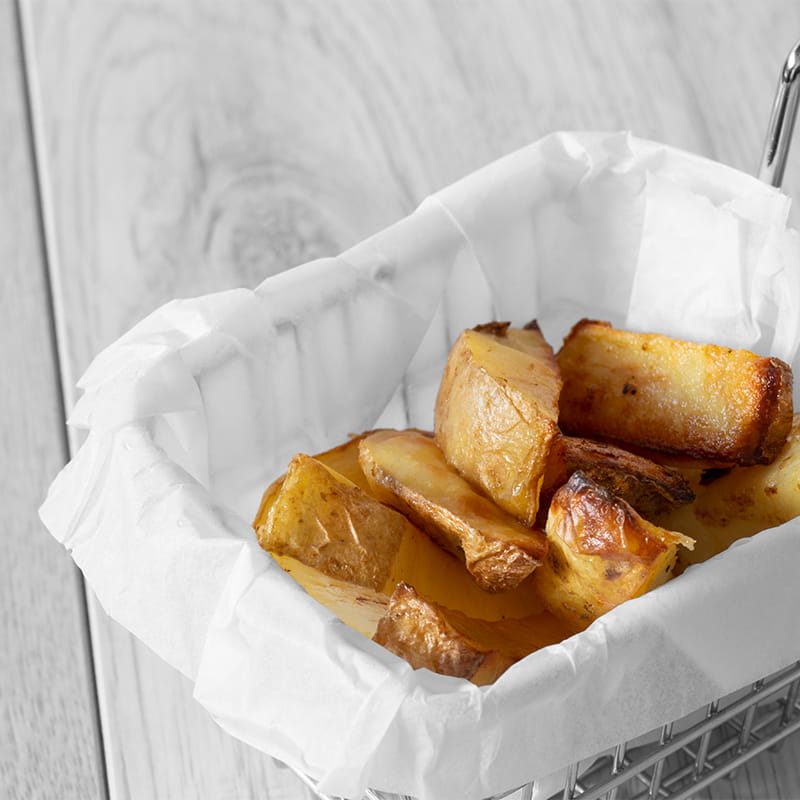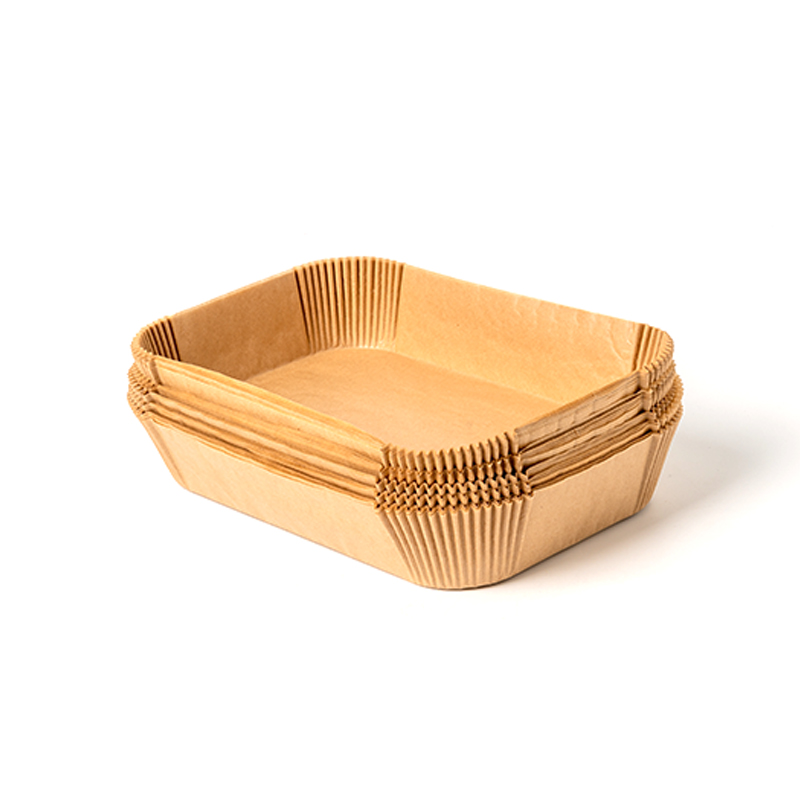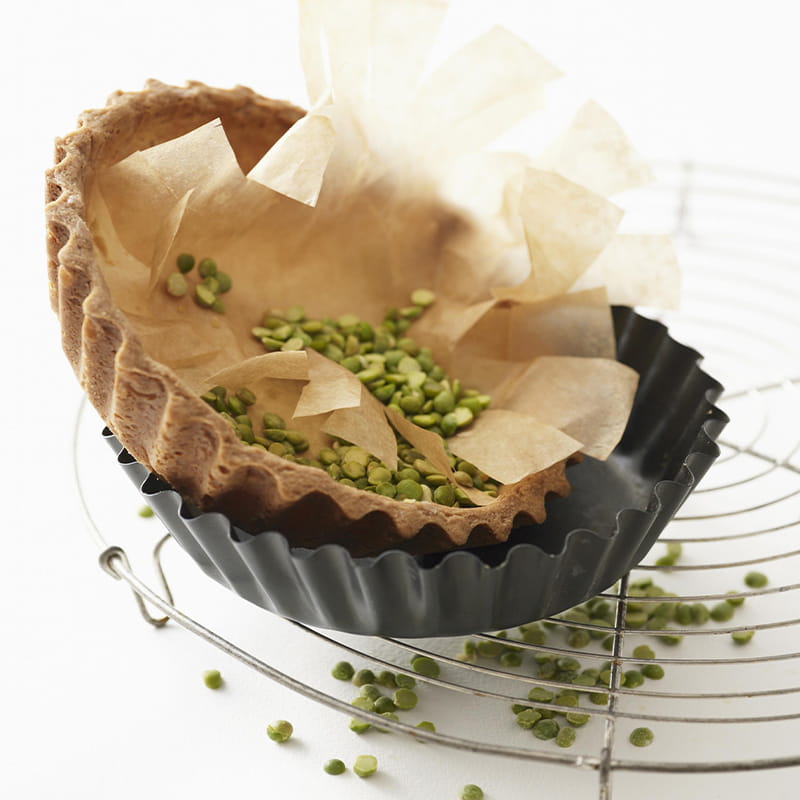Product details: Pop-up parchment paper sheets, an environment-friendly product, are composed of wood pulp and are double-side coated with silicone. Such a coating makes our paper smooth, greasepr...
See DetailsExploring the Importance of Paper Breathability in Cooking and Baking
In the world of culinary arts, where precision and attention to detail reign supreme, one often overlooked factor can make a significant difference in the outcome of dishes: paper breathability. This seemingly minor attribute of cooking and baking papers can have a profound impact on the texture, flavor, and overall quality of the final product. Let's delve into the importance of paper breathability and how it can enhance your cooking and baking experience.
Paper breathability refers to the ability of paper to allow air and moisture to pass through its surface. This property is crucial in various cooking and baking applications, as it can affect how ingredients cook and interact with each other during the cooking process. Papers with optimal breathability can help regulate moisture levels, prevent food from becoming soggy, and promote even cooking.
One of the primary uses of paper breathability is in steaming. When steaming foods such as vegetables, fish, or dumplings, it's essential to use papers that allow steam to penetrate while preventing condensation from accumulating on the surface. Papers with high breathability help create a steam chamber around the food, ensuring that it cooks evenly and retains its natural moisture and flavor.
Moreover, paper breathability plays a vital role in baking, particularly when using parchment paper or baking paper. Papers with the right level of breathability create a microclimate around the baked goods, allowing moisture to escape gradually during the baking process. This helps to prevent the formation of steam pockets, which can lead to soggy bottoms or uneven browning. Instead, it promotes crisp crusts, tender crumb, and overall better texture in baked goods.
When selecting cooking and baking papers, it's essential to consider the breathability of the paper and how it aligns with the specific requirements of the recipe. Papers with too low breathability may trap moisture, resulting in undesirable outcomes such as soggy crusts or unevenly cooked food. On the other hand, papers with excessive breathability may allow too much moisture to escape, leading to dry or overcooked dishes.
Finding the right balance of paper breathability is key to achieving optimal results in the kitchen. It requires understanding the characteristics of different types of papers and selecting the most suitable option for each cooking or baking application. For example, when steaming delicate foods, such as fish or vegetables, it's best to use papers with moderate breathability to ensure that the food cooks gently and retains its moisture.
In baking, parchment paper with the right level of breathability can make all the difference in achieving perfect results. Papers that are too dense may inhibit steam escape, resulting in pale and dense baked goods. Conversely, papers with too much breathability may cause excessive drying and browning, leading to burnt edges or unevenly baked layers.
Fortunately, there are many options available for cooking and baking papers that offer the ideal balance of breathability. From parchment paper to baking paper, these papers are designed to enhance the cooking and baking experience by promoting optimal air and moisture circulation. By choosing papers with the right level of breathability, cooks and bakers can unlock the full potential of their recipes and create culinary masterpieces with confidence.
Paper breathability is a critical factor in cooking and baking that should not be overlooked. Papers with optimal breathability can help regulate moisture levels, promote even cooking, and enhance the texture and flavor of dishes. By understanding the importance of paper breathability and selecting the right papers for each application, cooks and bakers can elevate their culinary creations to new heights.


 English
English 中文简体
中文简体